Traveling with teenagers can be equally rewarding and frustrating. The experience is bound to open their eyes to different cultures and varying geographic regions and help them to have a better appreciation of the magnificent world that we inhabit. But in a generation dominated by smartphones and technology, it’s tough enough for parents to get this age group engaged in outdoor endeavors, much less separate them for an extended period from their friends. It’s possible to not only get teenagers excited about an international adventure but also evoke a sense of wanderlust at the same time. Whether you take them to trek the Inca Trail, climb Kilimanjaro, or trek to Everest Base Camp, proper planning and preparation are the keys to success. Here’s what you need to know to plan an international backcountry expedition with your teenagers.
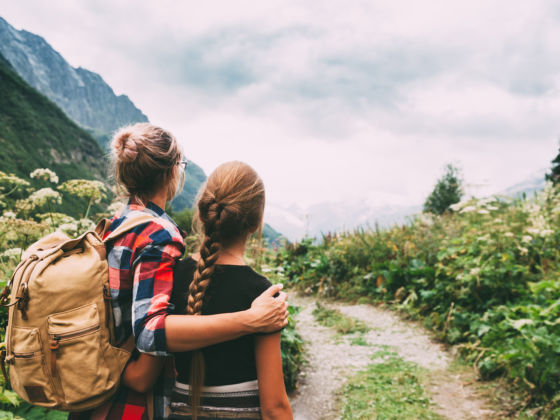

How to Plan an International Backcountry Expedition With Your Teenagers
What to do before the trip
Allow them to be a part of the planning.
Kids are no different in this regard than adults. Being involved in the decision-making process immediately gives a person more buy-in to the trip and typically makes one more enthusiastic about the end result. Allow these young adults to be a part of the process from start to finish. It might even be worth it to allow them to volunteer for part of the planning — the trip will go much smoother if it’s seen as an adventure and not a forced family vacation.
An option to bring along a friend is a strong way stoke your teenager on the trip because it gives them someone to vent and relate to during both the planning and execution. While this might not be financially possible, kids are often more resilient when a friend is allowed to tag along. It does increase the cost, but it can easily pay dividends in terms of having a smooth ride. This might be something that the friend’s parents would pay for or have wanted to do for a while but haven’t had the time or know-how to put such a trip together.
Be realistic, and consider getting a guide.
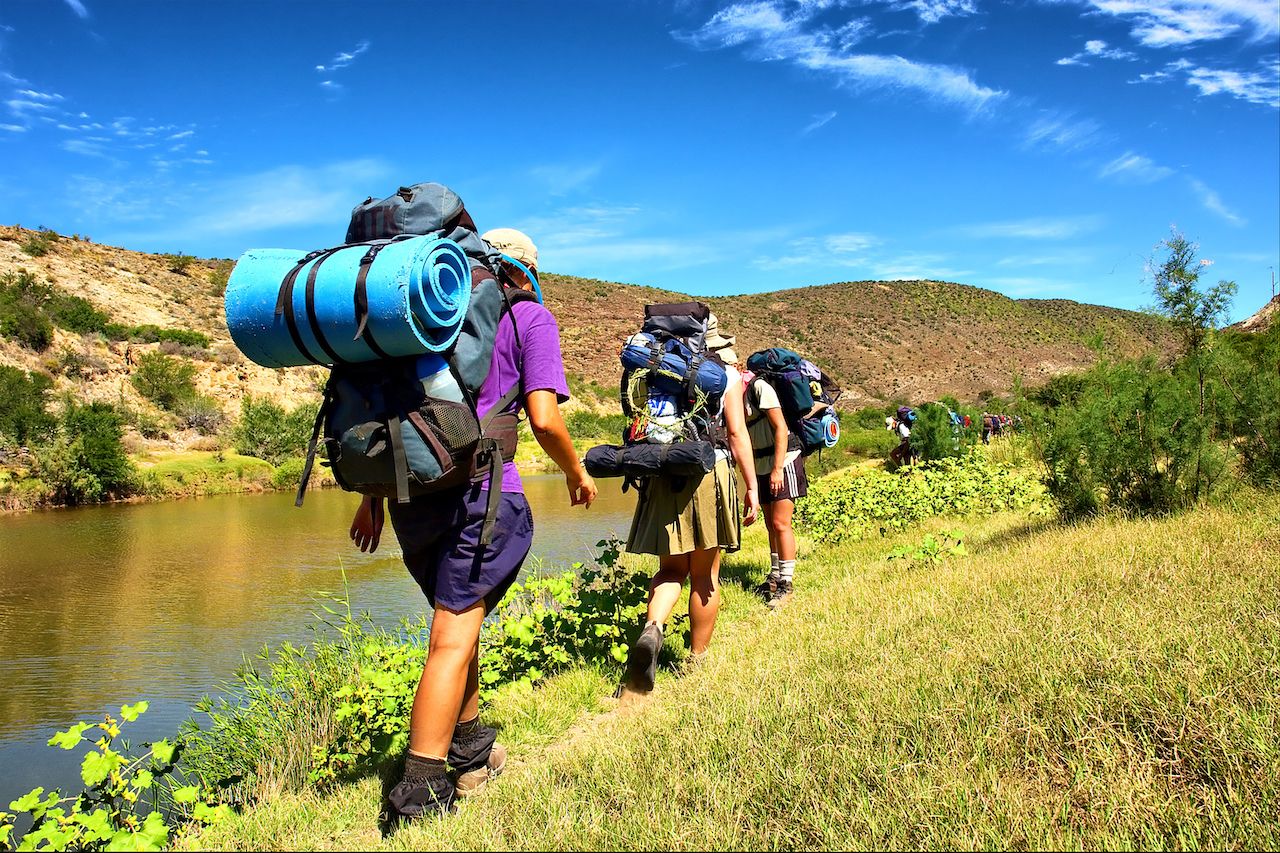
Photo: PhotoSky/Shutterstock
Some backpacking trips — the Inca Trail, for example — require guides. This is for your safety, and it is often regulated by the country in which the destination exists. But you can use this to your benefit by optimizing the trip for safety and efficiency. The guide will share information in advance of the trip, including required gear, fitness level, and often even tips for training and preparation. They’ll also point out sights along the way that you might not have known or seen otherwise. If this is your teenagers’ first international trek, the guide’s wisdom and general level of excitement for the area you’re visiting is the type of influence that can help to instill a lifelong passion not only for trekking but also proper trip planning and safety precautions, as well.
Even with a guide, however, it is important to consider your audience when planning an excursion. A guide does not increase the physical ability of your group and isn’t a substitute for proper gear or planning. If you’ve never been backpacking or hiking for consecutive days, it might not be the wisest decision to plan a two-week Everest Base Camp trek. Consider the physicality of the adventure and gauge your trip accordingly. It’s better to return with a sense of excitement and with your teenagers inquiring about the next expedition than to deter them from ever wanting to take another adventure. You also don’t want anyone getting hurt.
Gear up (and know how to use your stuff).
Purchase, borrow, or rent the necessary gear for your trip. You should research what is needed for your specific route, as well as stock up on basic backpacking supplies. It is well worth the cost to invest in quality footwear, packs, rain gear, and synthetic (or wool) apparel. Do not wear cotton in the backcountry — once it’s wet, it stays wet, and if and when it does dry, it will start to smell much sooner than its synthetic counterparts.
Don’t let the first time you put your boots on also be the first day of the trek. While most boots today don’t require a long break-in period, it is still beneficial to spend time acclimating to them prior to the trip. Put on weighted packs and become familiar with adjusting the straps. If you plan to use hydration bladders, become accustomed to using them while walking. If using water bottles, get used to retrieving them from the side pockets on the pack.
Plan a shakedown trip (or two).
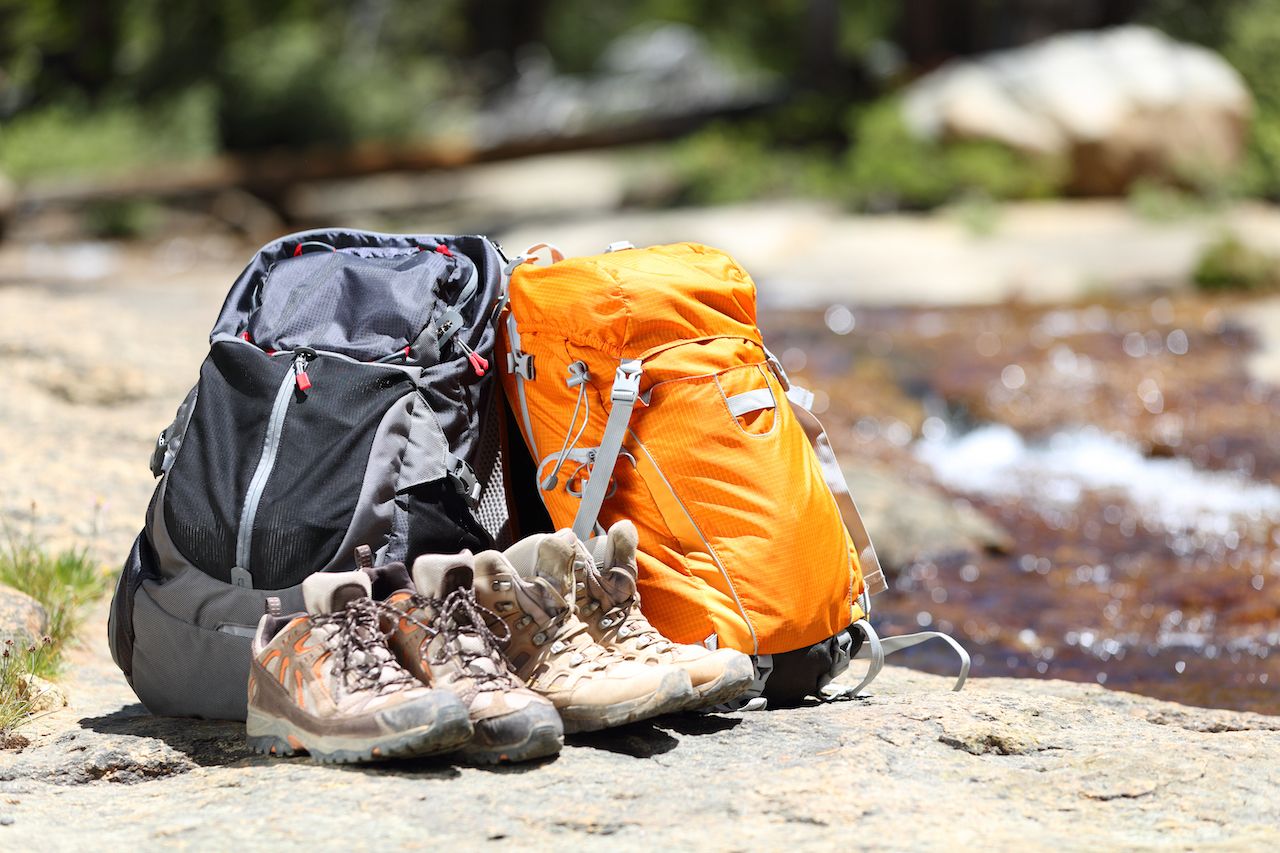
Photo: Maridav/Shutterstock
On that note, a couple of local practice runs will make a huge difference in you and your teenagers’ ability to successfully interact in the backcountry. In mountaineer lingo, these are known as shakedown trips, and these overnight excursions — or just extended day trips — can allow the family to ascertain everyone’s preparedness and work out any kinks in the gear situation. It also allows everyone to get physically and mentally prepared for what is to come.
If you’re going to be wearing backpacks, make sure to place some weight in them and walk around the neighborhood or go to the local stadium and walk the bleachers. It will prepare your body for carrying a weighted pack. Don’t overestimate your fitness or that of your kids.
Get vaccinated and purchase travel insurance.
Consider visiting your physician prior to your trip and acquiring any suggested vaccinations for your intended destination. Plan accordingly as some require months ahead of departure to become valid. Also, get any necessary medications filled for your trip. You can discuss with your physician other medications that might prove advantageous to have at your disposal while abroad.
Purchasing travel insurance from one of the many reliable providers could prove to be worth its weight in gold. An unexpected fall, appendicitis, or even lost luggage can derail even the best-laid plans. Organizations like World Nomads provide insurance that covers everything from that lost suitcase to trip interruption, medical expenses, and even emergency evacuation. Travel insurance often doesn’t cost more than a few dollars per day per person, an expense worth it if only for the peace of mind.
During the trip
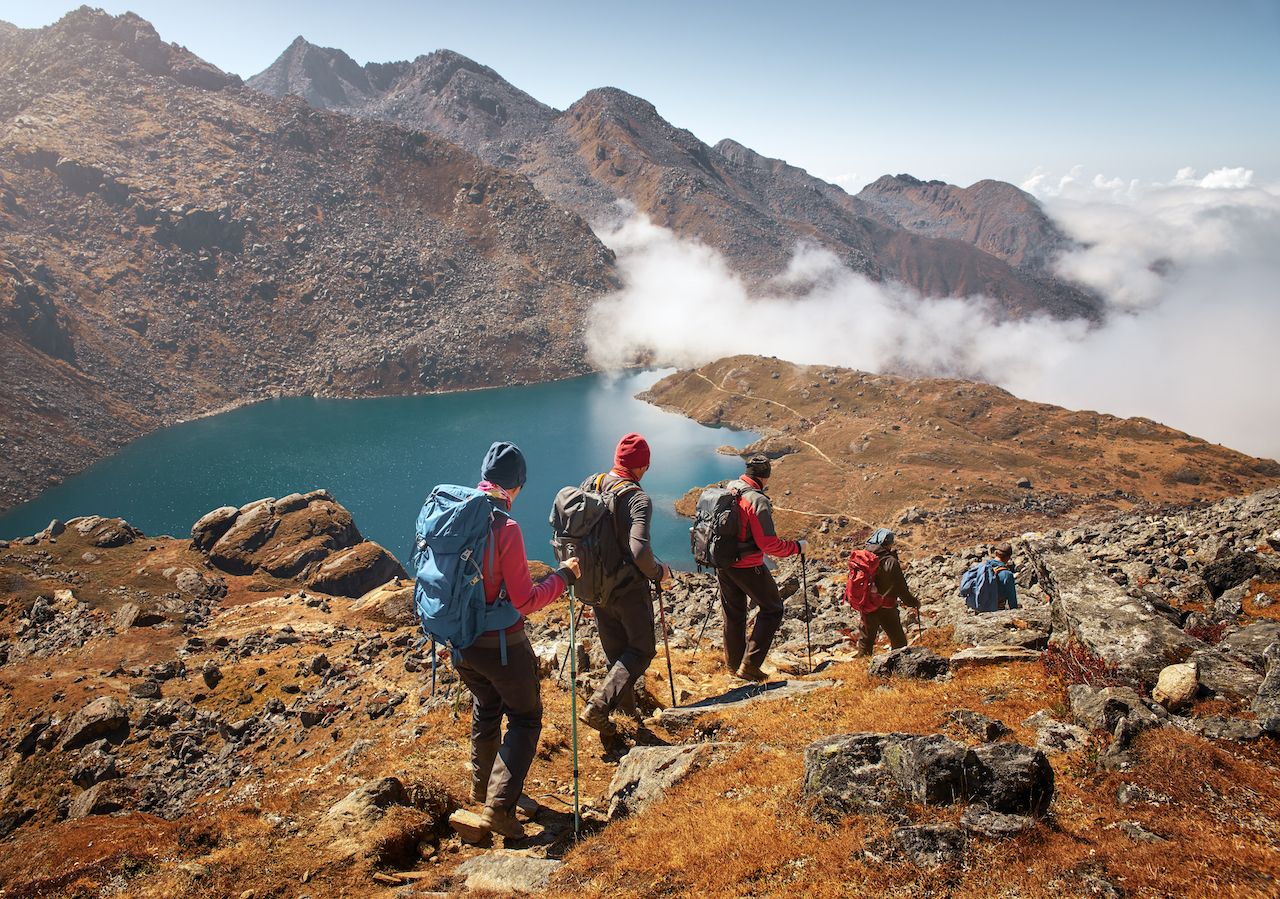
Photo: soft_light/Shutterstock
Acclimate and plan for the unexpected.
Don’t head into the backcountry immediately upon arriving. Factor in a few days on the front end at your destination to acclimate to your new surroundings. If you are coming from sea level to a city high in the Andes or traveling to the other side of the world, it takes a few days to acclimate to a change in altitude or recover from jet lag. This can also help your group work out any travel bugs or digestion issues that tend to creep up in unknown environments.
A 17-year-old may be able to carry more weight than your average 13-year-old. Be prepared to offload some of their weight into your pack if needed. Setting realistic expectations before the trip can help avert some of these scenarios, but not always. Plan to pack extra snacks in your pack — there is nothing worse than a hungry (or, dare we say it, hangry) teenager. Also, carry a battery pack to keep your devices charged in the backcountry, beneficial in recharging headlamps, camera batteries, and phones.
Allow for downtime.
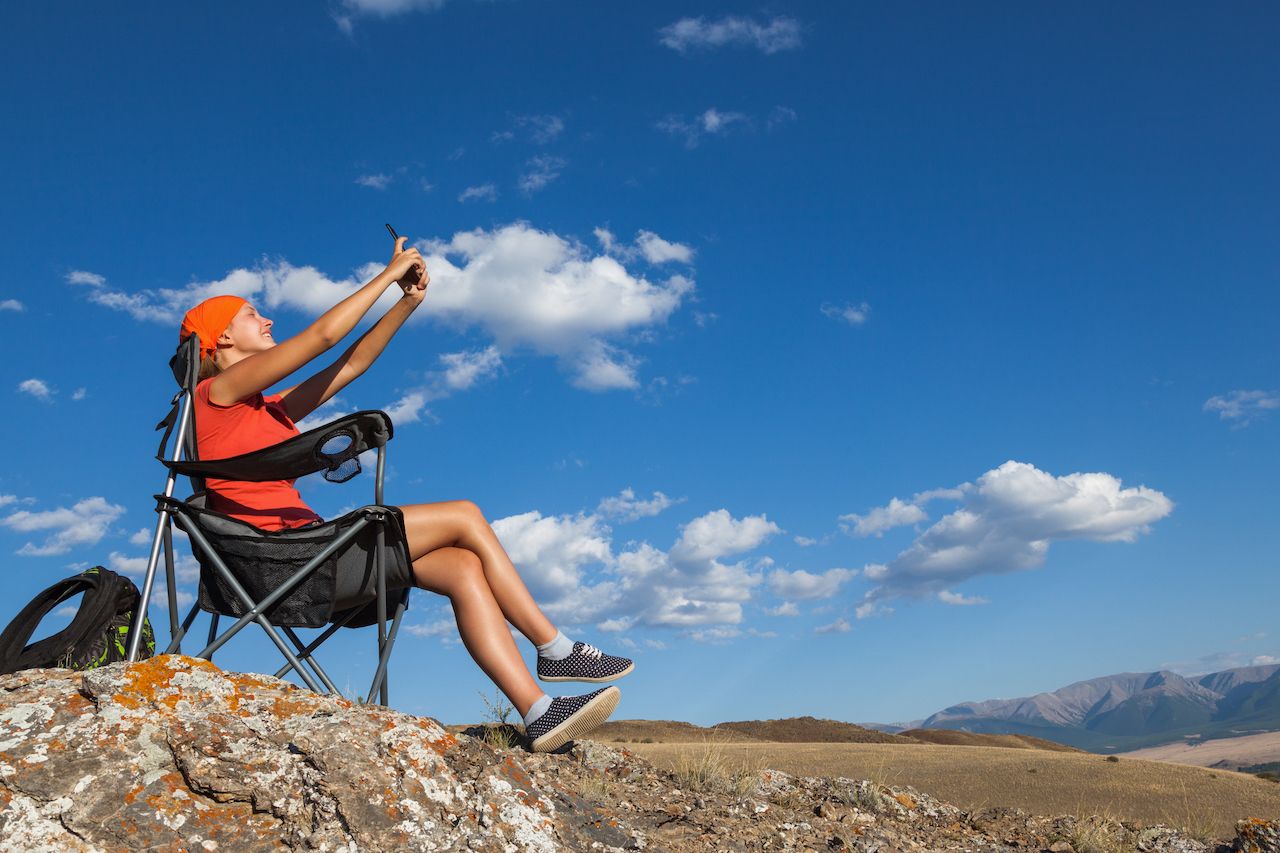
Photo: Albina Tiplyashina/Shutterstock
If after a long day on the trail your kid wants to take a nap or just lay around camp, let them do it. Don’t force the extra side hike or stargazing. If, on the other hand, they initiate the activity, consider it a bonus. Aside from time on the trail, when schedules are generally planned out, allow teenagers downtime to text their friends, listen to their music, and whatever else it is that they do when not engaged. Try not to over-schedule the front and back ends of the trip because, in the end, you want this to be a positive experience and one that they will look upon favorably.
Give each kid a small notebook or have them take notes on their smartphone. Have them write down the best things about each day, along with what they learned, struggled with, or figured out. They will appreciate the memories in the years to come, and you can use some of that information post trip. With so much going on, you will forget some of the details if you haven’t recorded them on a daily basis. Banning their phones while on the trip will probably just cause unnecessary drama, so go ahead, let them take their camp selfies.
Connectivity
When traveling solo, it may be more financially prudent to call your cell phone provider to discuss international rates. When traveling as a family, it may prove advantageous to consider one of the many portable hotspot options on the market. Some require you to purchase the device and a monthly plan while others allow for renting of the device, and you only pay for the period in which you use it. A portable WiFi hotspot provides a secure WiFi connection, and most allow multiple-device connectivity. Of course, getting into the backcountry is supposed to be a break from the digital space, but for frustrated teens, a few minutes online can be a welcome recharge. This isn’t an option for every country, so make sure it will work in your planned destination.
Debriefing after the trip
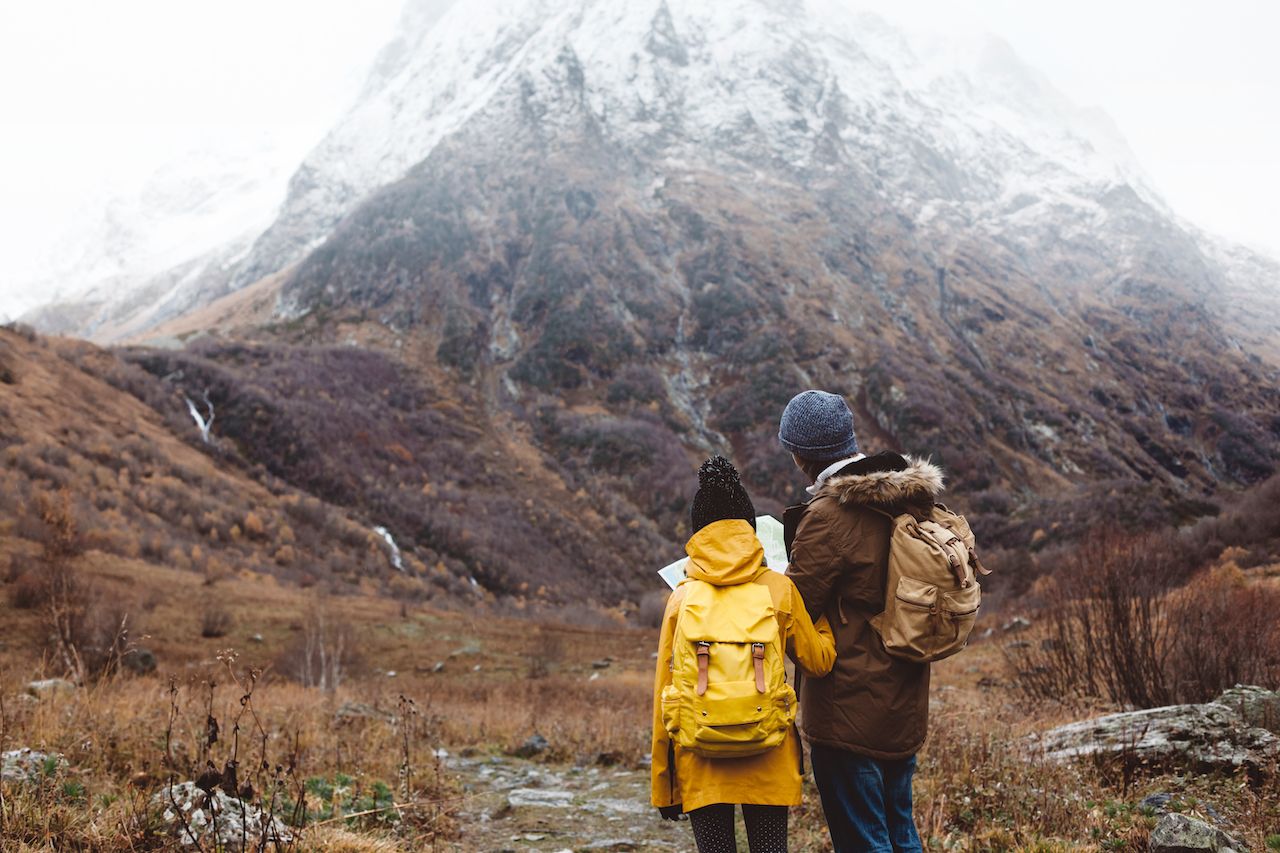
Photo: Alena Ozerova/Shutterstock
After you get back from the adventure, sit down as a family and discuss the highs and lows of the trip. Find out what everyone really enjoyed and what they wish had been different. This is good information to have for future trips. Collect the best photographs taken and each person’s journal entries (as much as they’re willing to share). Use this information to put together a photo book. These can be laid out and printed online and shipped to your home, and they make for a one-of-a-kind memento that involves input and quotes from each participant. Everyone wants their thoughts and memories to stand out, and a photo book can really help that international travel bug bite your kids. Once it does, your family will likely find it hard to resist the urge to plan your next trip — sometimes the planning starts before the current trip ends.